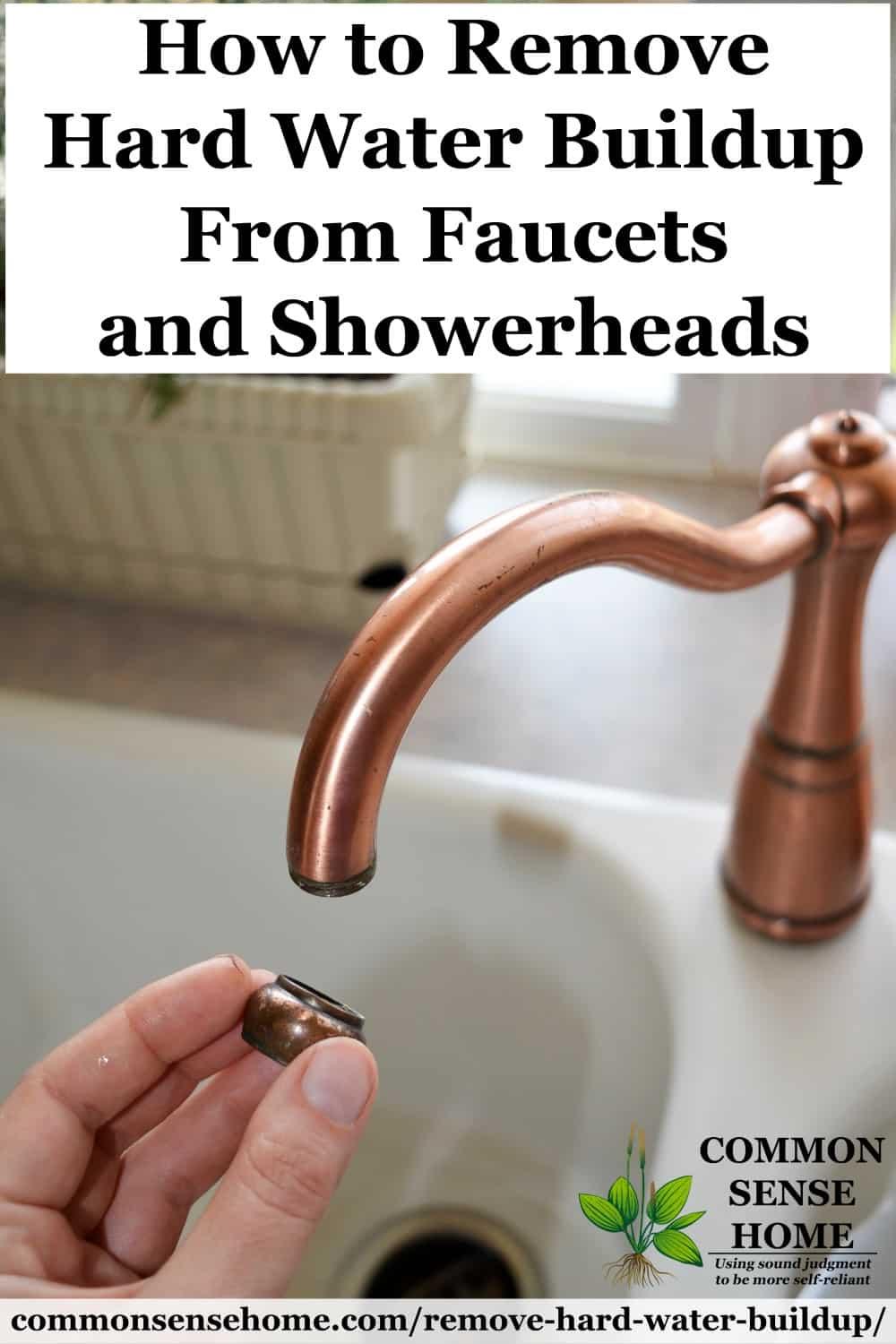Black grit on faucets and shower heads isn't necessarily a problem
Q: Every few months, when I rub a cloth under my kitchen faucet, the cloth comes away with little black pieces. It happens with my shower head, too. Is this mold? Should I be concerned?

A: The black deposits on your kitchen faucet might be mold, said Kathryn O'Brien, a communications specialist for the Arlington County Department of Environmental Services who looked at the picture you sent. "The faucet head in the picture has several tiny sprayers," she noted in an email. "These types of kitchen faucets are more susceptible to mold because the surface can be damp, and it is likely exposed to food, which can contribute to mold growth. Cleaning it with bleach or another household cleaner will remove the mold."
However, the grit you're seeing is probably something else. Assuming that you're seeing the black bits only when you occasionally wipe the faucet spout and shower head, the deposits are probably oxidized manganese, a mineral that's often found in trace amounts along with iron in drinking water. Both can be picked up as the water travels through soil and rock, although iron can also come from corroding pipes made of galvanized steel. Where the water hits air — on the aerator of a kitchen faucet or on a shower head, for example — the minerals combine with oxygen. Oxidized iron forms the yellowish or reddish deposits we know as rust; oxidized manganese is brown or black. The particles can also settle out when a glass of water is poured. Sometimes, in addition to the gritty oxidation, there is also a black slime, which is caused by bacteria that feed on oxidized iron and manganese.
A little iron or manganese in water isn't a problem, and even a little of the slime isn't a health hazard. (But if that grosses you out, O'Brien suggests cleaning it with a mild bleach solution.) Iron and manganese are actually essential for good health — in trace amounts. Too much can be a health hazard, and it can make the water taste bitter and stain sinks, toilets and laundry. The Environmental Protection Agency has no mandatory limit for either iron or manganese, but it does recommend that iron be below 0.3 milligrams per liter and manganese be below 0.05 mg/L to guard against bad taste and staining.
If you have a private well, however, the manganese level could be higher. High manganese is typically more likely in well water than in surface water. Owners of private wells are responsible for testing their own water and for treating it if necessary. The Virginia Cooperative Extension has a publication titled "Virginia Household Water Quality Program: Iron and Manganese in Household Water" that explains the issues and discusses ways to treat the water to remove excess iron or manganese. This is done by adding phosphate to keep the minerals suspended in the water or by installing an ion exchange water softener. The first step, though, would be to have your water tested if it's from a well.








